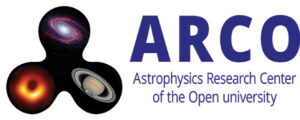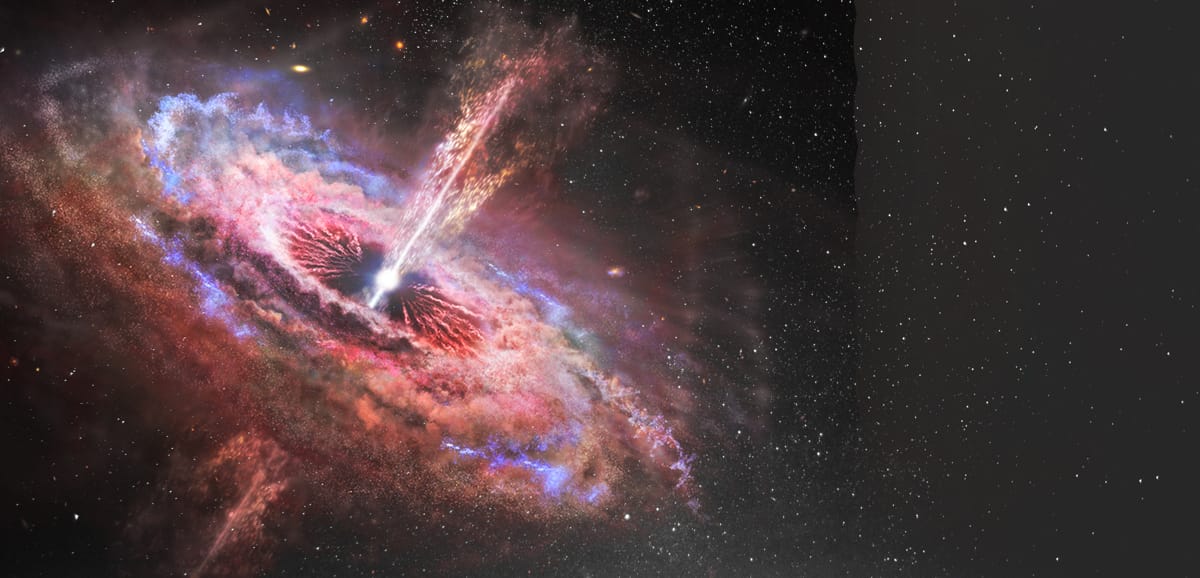Massive compact objects experiencing large acceleration are primary sources of gravitational waves. In particular, compact binary systems of two black holes, two neutron stars or a black hole and a neutron star are the only sources detected so far in gravitational waves.
Binary neutron star systems are typically the result of two stellar collapses (i.e. supernovae). The fact that the two stars remain bound to one another after two such collapses strongly constrains the latter. As a result, the velocities of those systems, the amount of mass ejected by the collapsing star leading to the formation of the second neutron star in the system and the delay time between the formation of the binary neutron star and its eventual merger due to orbital energy losses by gravitational wave radiation, are all strongly constrained. These shed new light on the stellar evolution histories of those systems, the types of supernovae that are associated with their formation and exciting potential sources of gravitational wave radiation. Our group also studies the potential electromagnetic counterparts to such binary mergers (such as short GRBs, kilonovae and afterglows).
Menu





